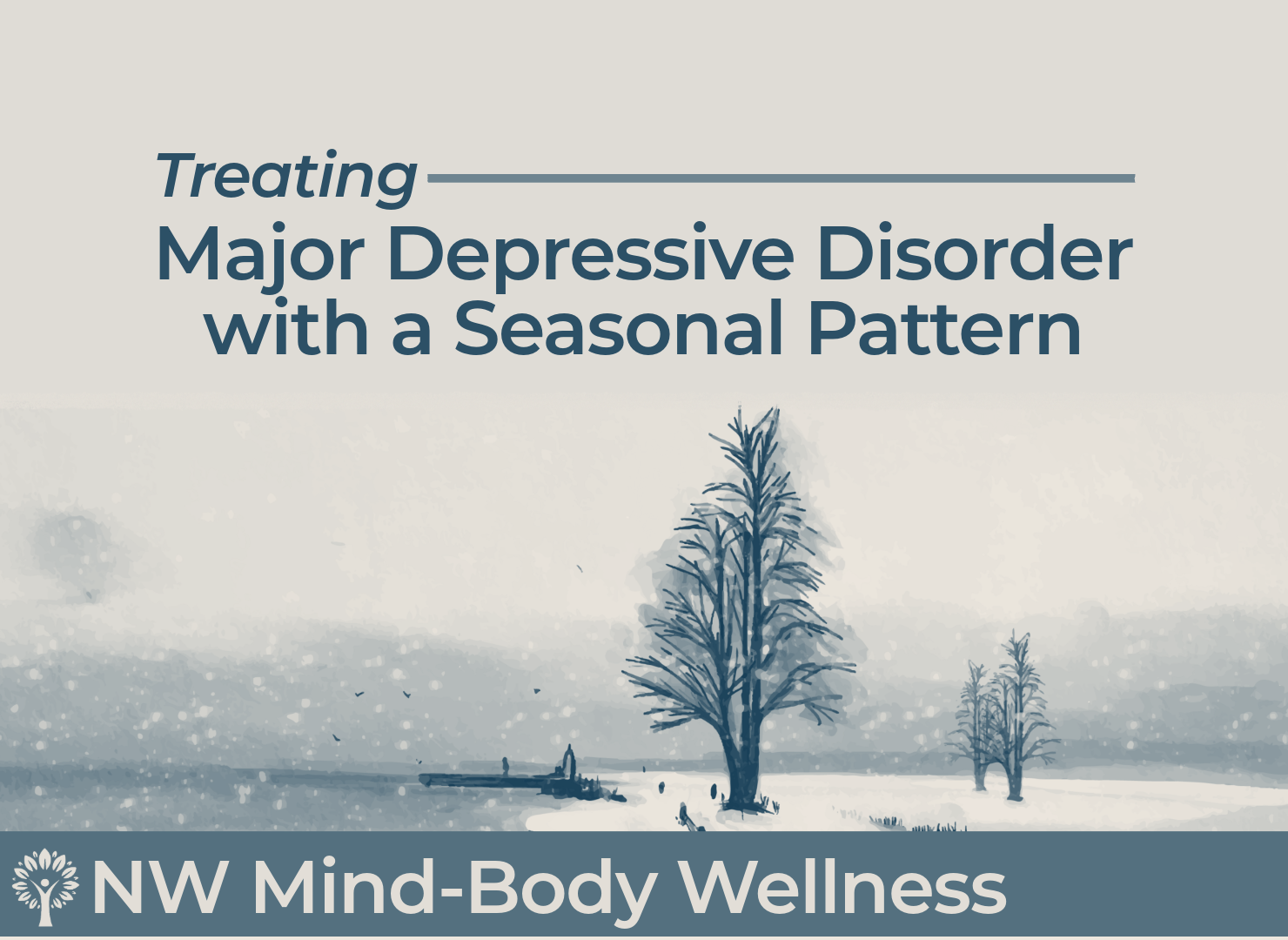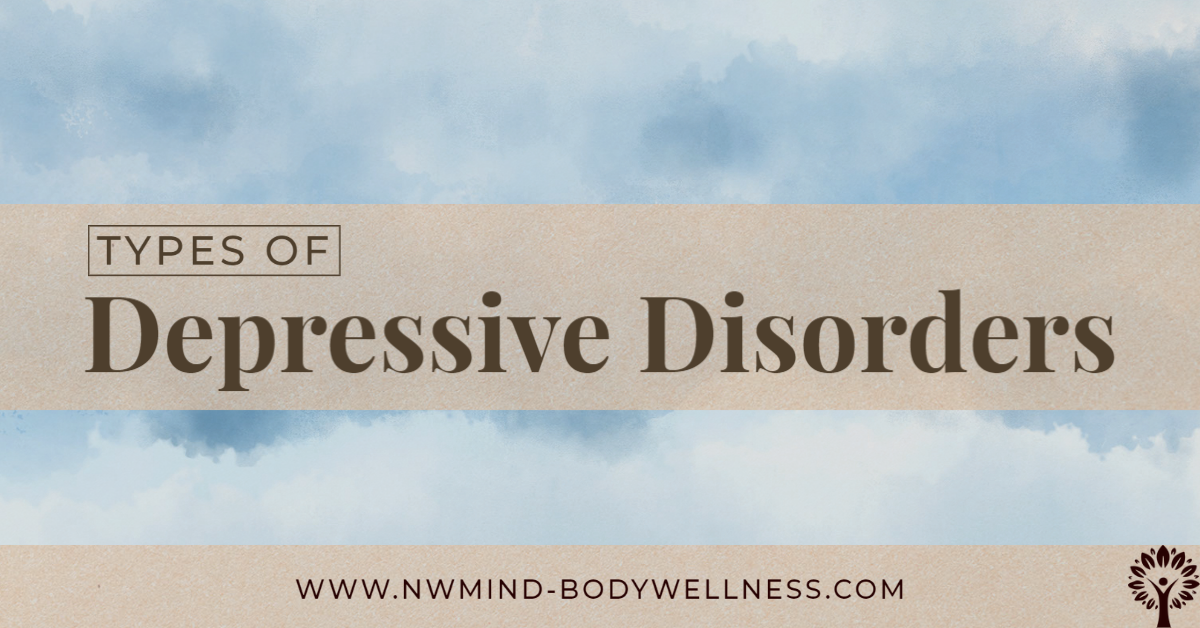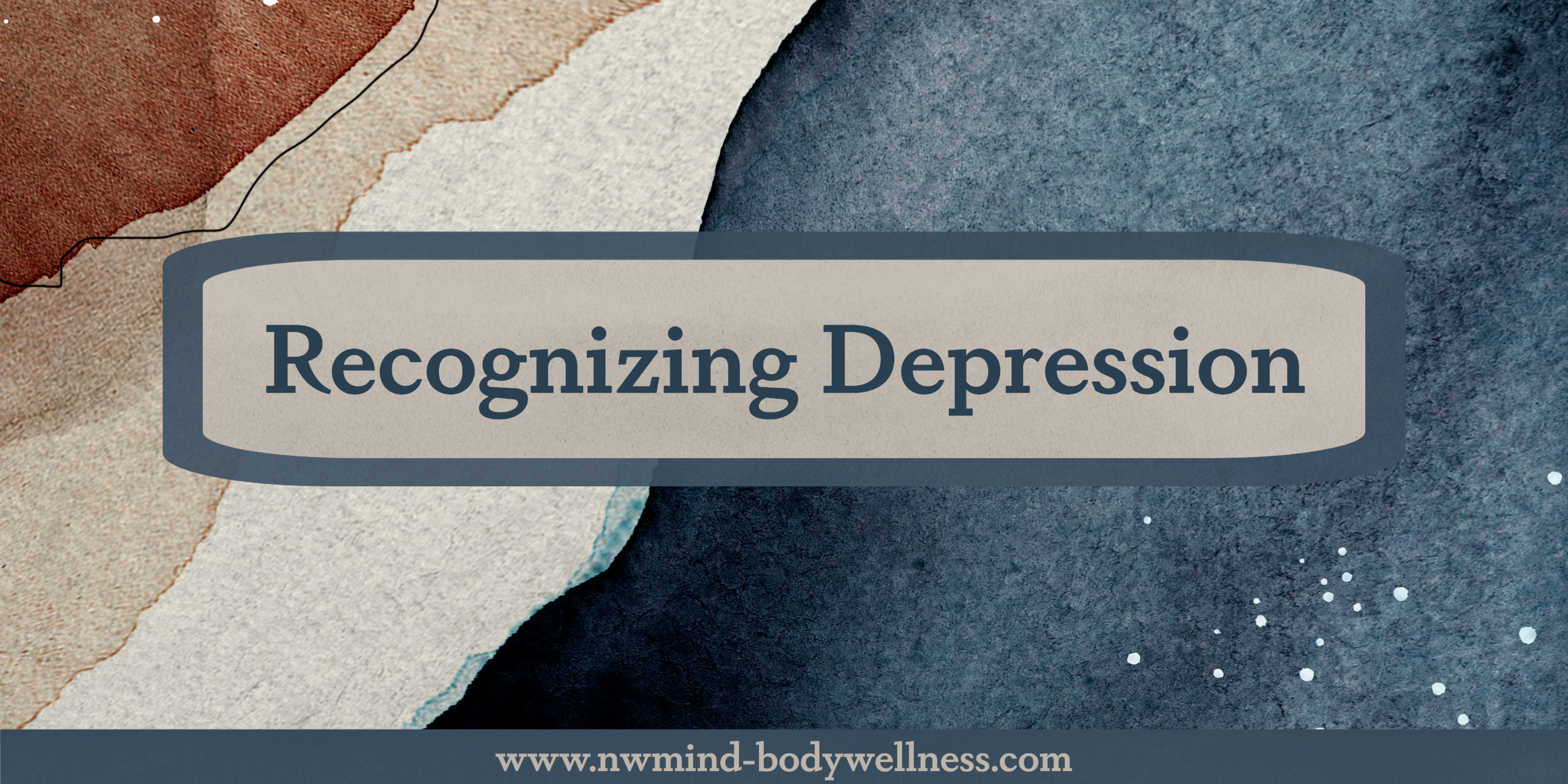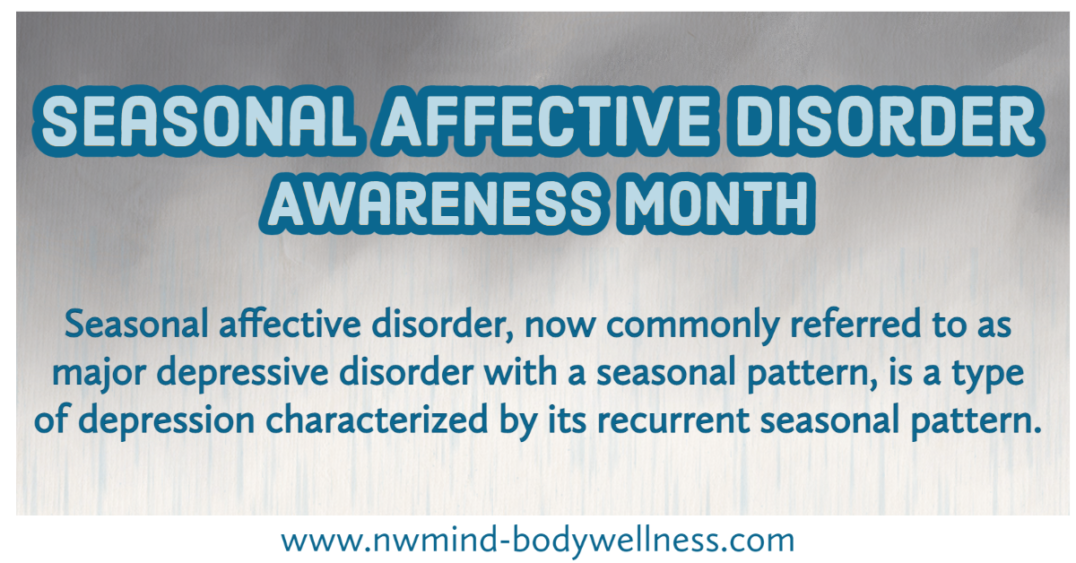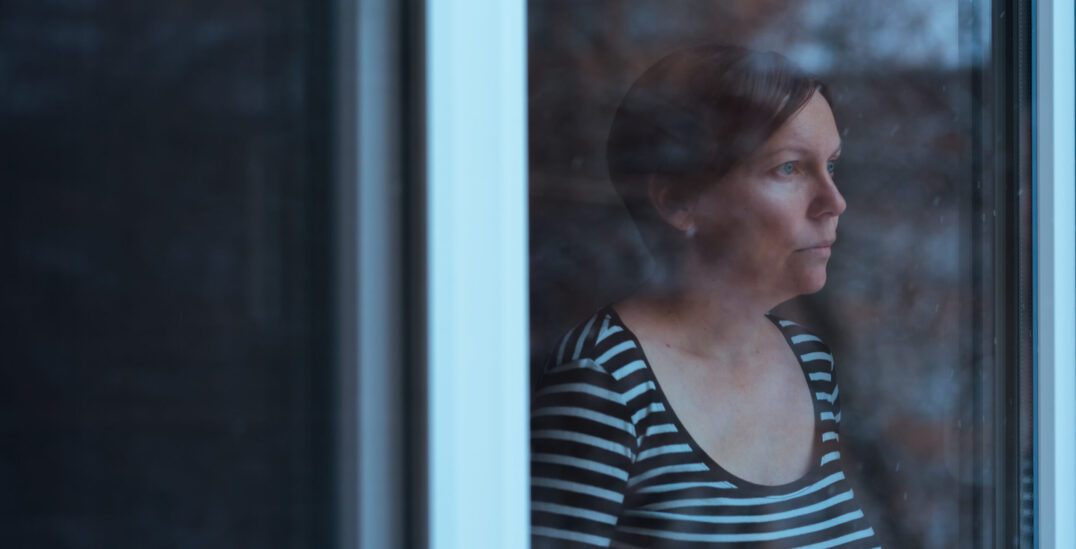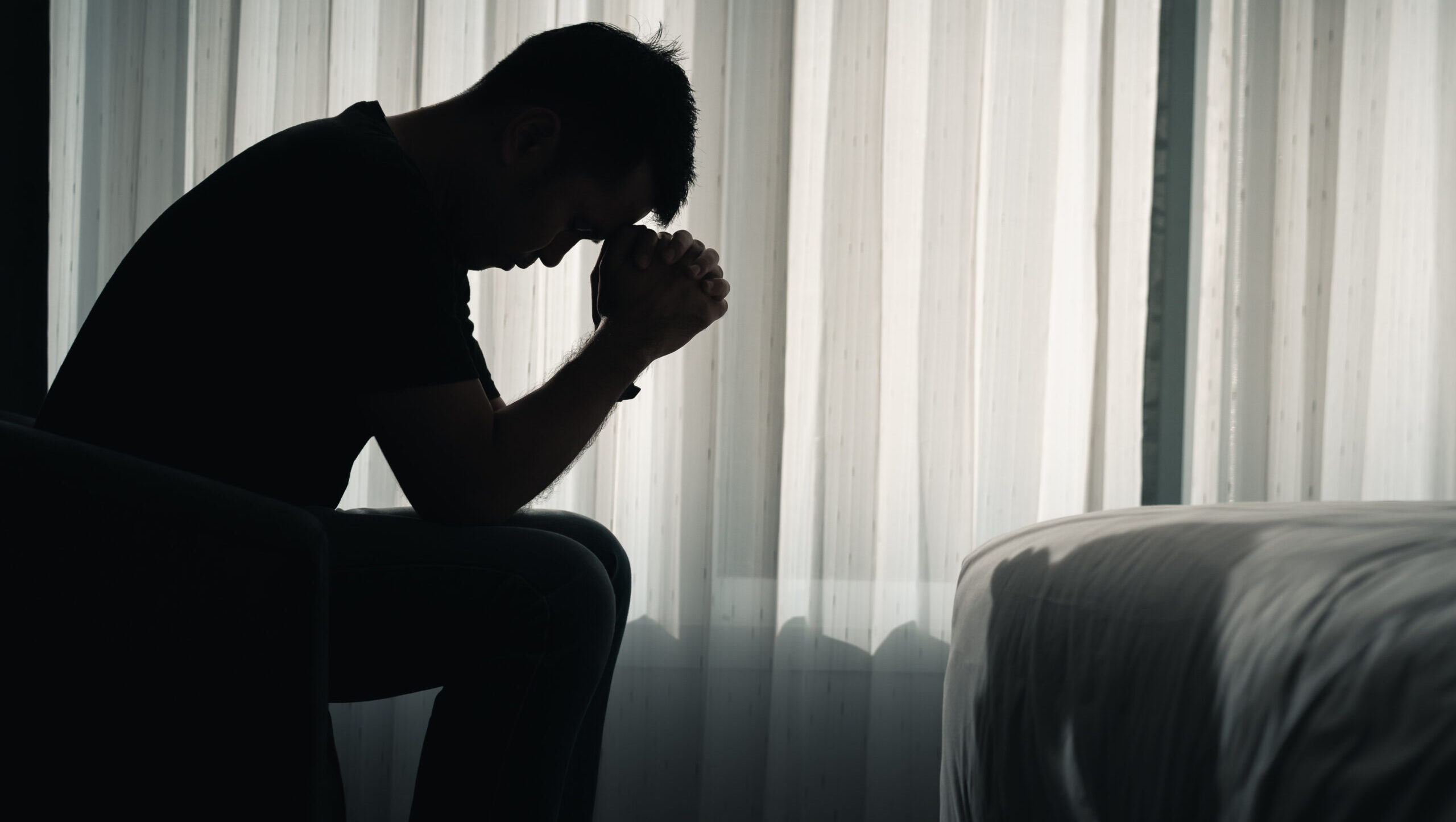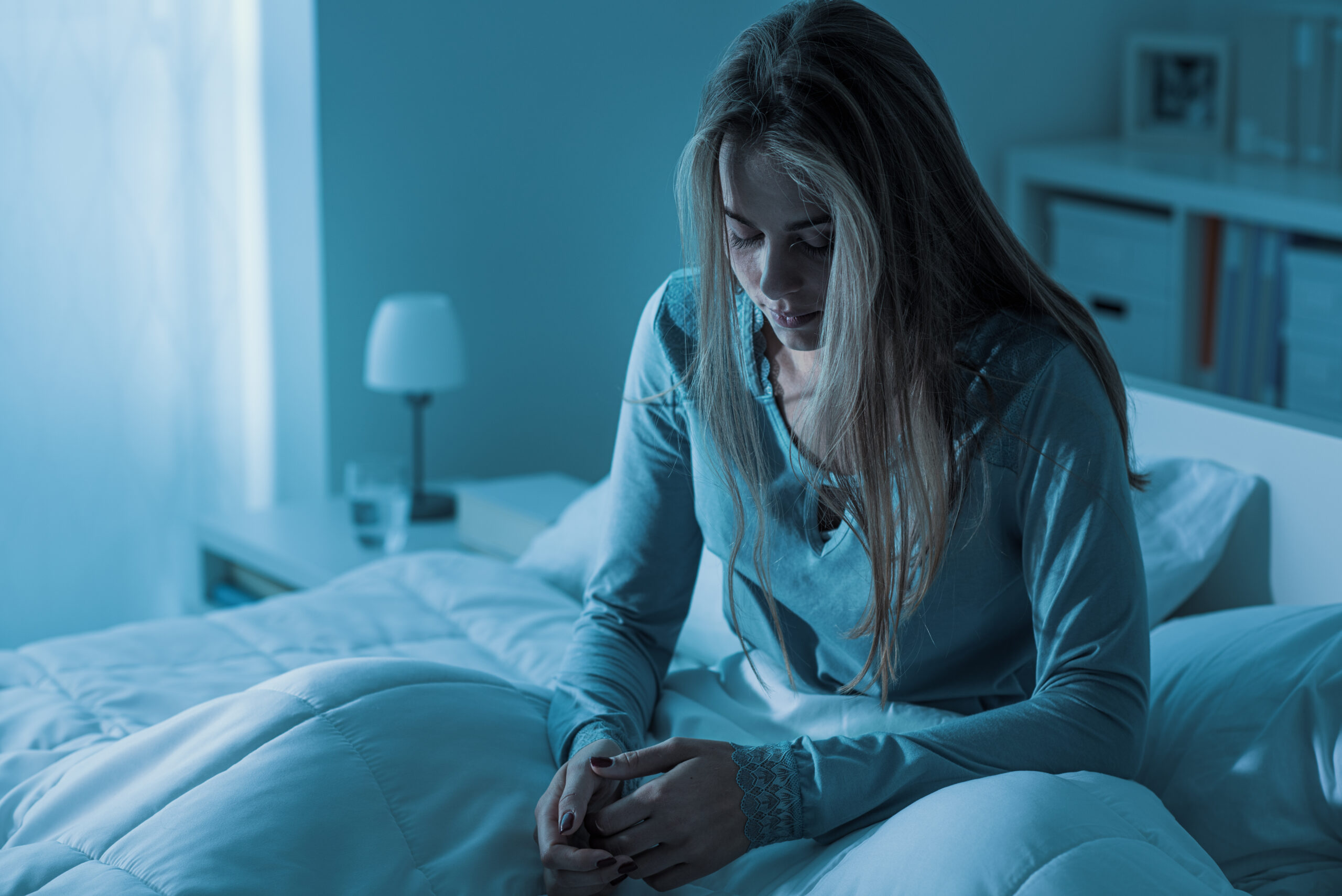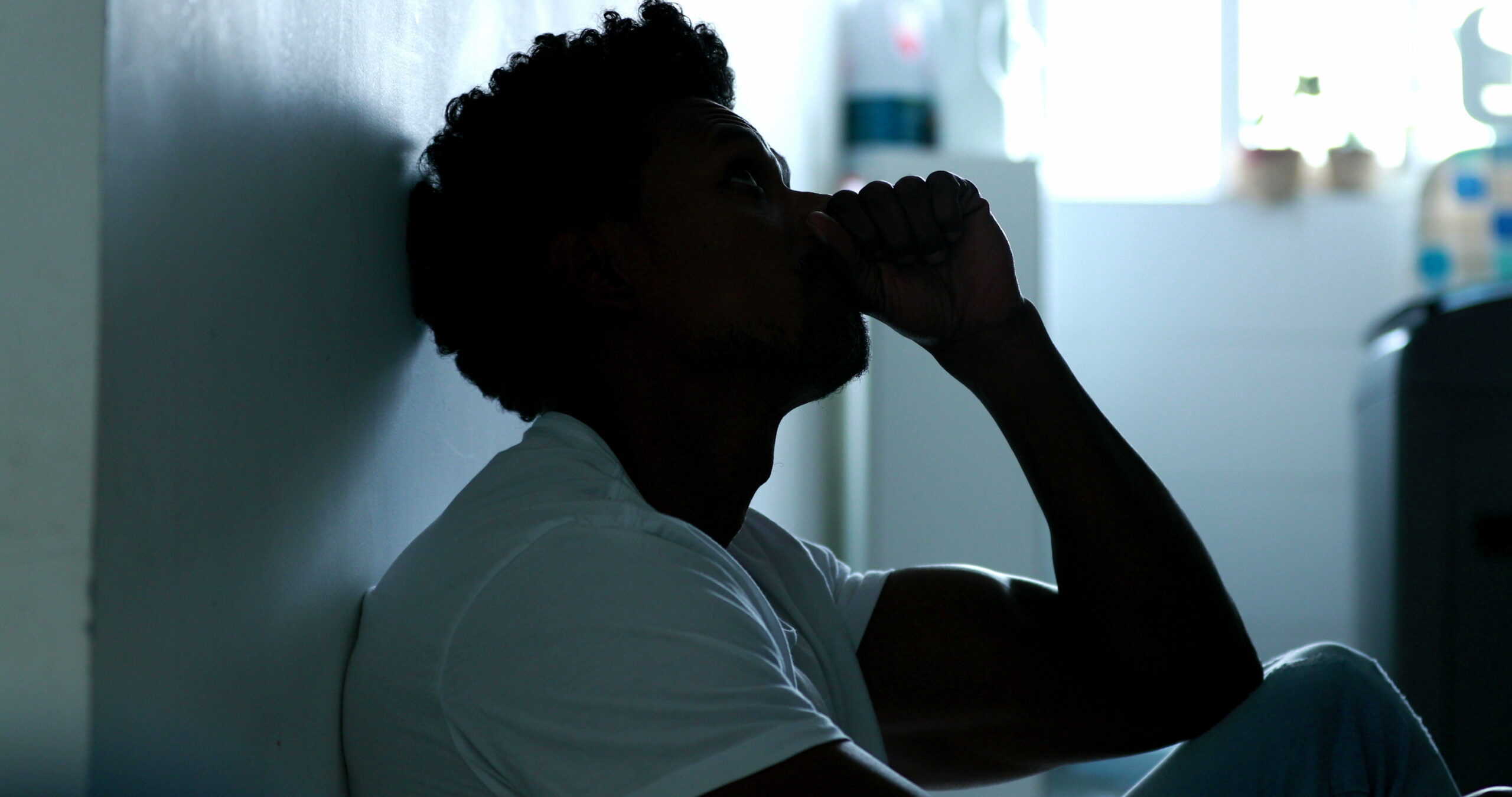Treating Major Depressive Disorder with a Seasonal Pattern (Seasonal Affective Disorder)
Psychotherapy
Psychotherapy, particularly Cognitive Behavioral Therapy (CBT), can help individuals reframe negative thought patterns and develop healthier coping mechanisms. This approach can reduce the severity of depressive symptoms and teach individuals how to manage their emotions more effectively.
Antidepressants
Selective serotonin reuptake inhibitors (SSRIs) are commonly prescribed for Major Depressive Disorder with a Seasonal Pattern. SSRIs help balance serotonin levels, which are often disrupted in people with this condition.
Vitamin D
Vitamin D deficiency is often associated with SAD, particularly in the winter months. Supplementing with Vitamin D can improve mood and reduce symptoms, especially in those with low levels of this vital nutrient.
Light Therapy
Light therapy involves sitting in front of a bright light box (10,000 lux) for about 30–45 minutes each morning. This has been a well-established treatment since the 1980s and mimics natural sunlight, which can help regulate your body’s internal clock and reduce symptoms associated with seasonal depression.
Getting Help
If you suspect that you are suffering from Major Depressive Disorder with a Seasonal Pattern, it’s important to consult a healthcare provider for a proper diagnosis and treatment plan. Seeking support can help you manage the symptoms and improve your quality of life.
To learn more about this condition and its treatments, here are some helpful resources:
- NAMI (National Alliance on Mental Illness): Major Depressive Disorder with a Seasonal Pattern
- NIMH (National Institute of Mental Health): Seasonal Affective Disorder
Major Depressive Disorder with a Seasonal Pattern can feel overwhelming, but it is treatable. With the right support, including psychotherapy, antidepressants, light therapy, and vitamin D supplementation, you can manage symptoms and feel better throughout the year.
At NW Mind-Body Wellness, we offer compassionate care to help you achieve balance and mental wellness. Whether you’re struggling with seasonal depression or looking to improve your overall mental health, our team is here to support you every step of the way.
To learn more about our services, contact us today and take the next step toward feeling better.
Return to home page: https://nwmind-bodywellness.com/
Read more articles: https://nwmind-bodywellness.com/articles
